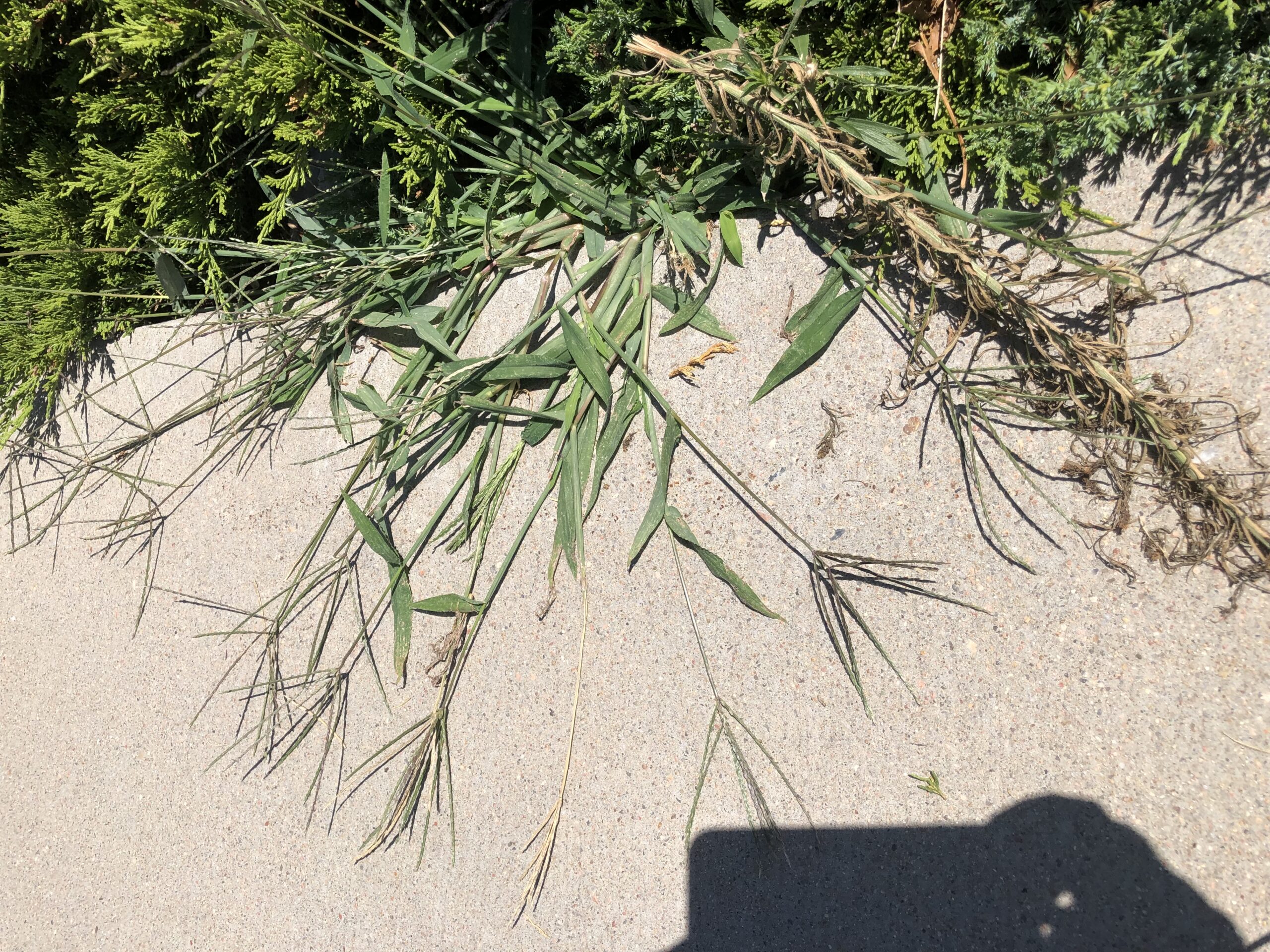


While crabgrass is found in Colorado lawns, much of what is often called crabgrass are other weedy grasses. In the late winter or early spring, the most common grassy weeds in lawns are perennial grasses like quackgrass, tall fescue or bromegrass.
How can I kill crabgrass?
These perennial weeds can only be killed with a non-selective herbicide such as Roundup®. These herbicides will also kill the grass, but the dead patches can be sodded or seeded to re-establish the lawn.
When does crabgrass spread and grow?
Crabgrass and other related annual weeds like goosegrass and foxtail, germinate from seed in April, May or June. The small seedlings grow rapidly throughout the summer into a spreading, coarse-looking, large mat-like grass. These grasses are killed by frost in September or October.
How can I prevent crabgrass?
Pre-emergent herbicides prevent seed germination. When applied in early to mid-April, a pre-emergent herbicide can provide extra insurance against the invasion of annual grassy weeds. Pre-emergent herbicides should be carefully applied according to label instructions; they should not be applied to garden areas and cannot be used on newly seeded or sodded lawns.
The best way to control crabgrass and related annual grassy weeds in lawns is to maintain healthy grass with proper seeding, mowing, watering and fertilizing, and judicious use of herbicides.
For more information, see the following Colorado State University Extension fact sheet(s).



